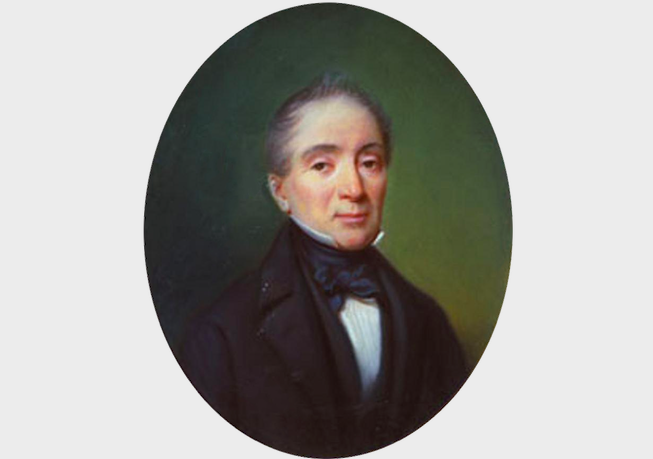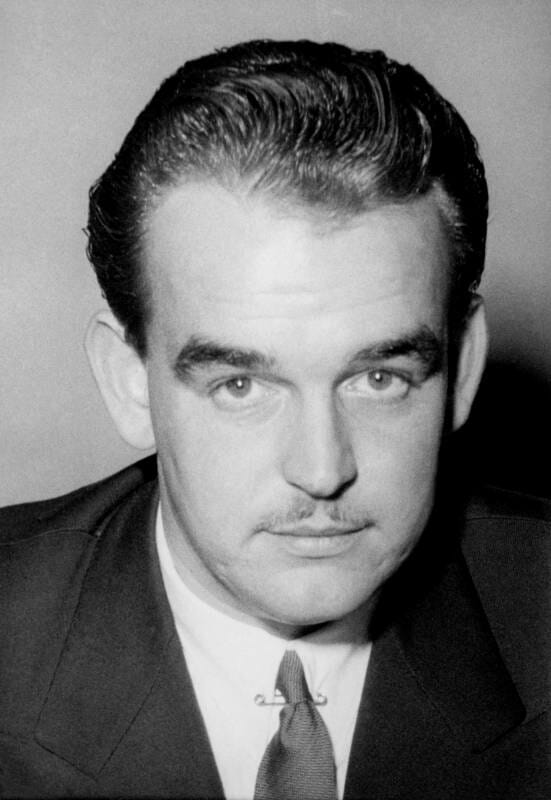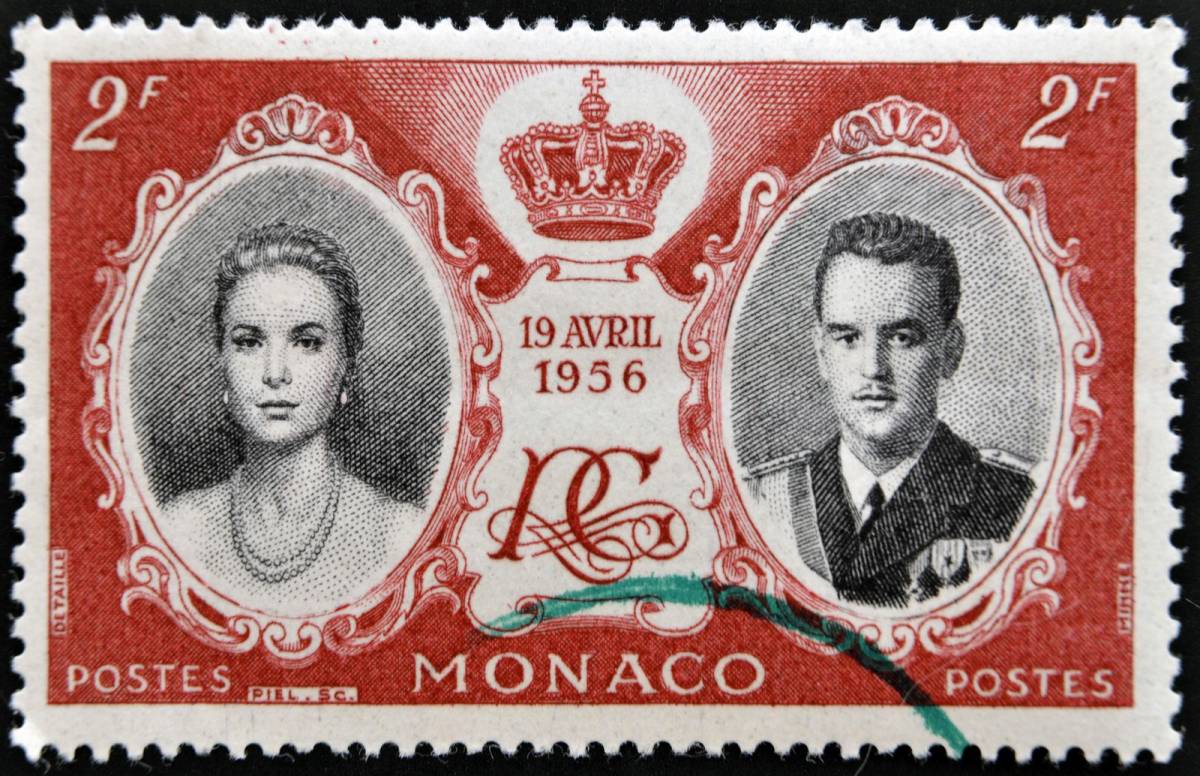HelloMonaco continues its series about the rulers of Monaco and today we will introduce you to Florestan I who was in power from 1841 to 1856. It must be said that little information is available about this Prince. Perhaps because he managed to lose more than half of his territory, namely: Menton and Roquebrune. Even though these two cities officially became part of France during the reign of Charles III, Monaco had lost them much earlier.
The Actor Prince
Florestan I was born on 10th October 1785 in Paris. He was the second son of Prince Honoré IV and his wife Louise d’Aumont. Florestan spent his childhood and youth in Paris where he developed a passion for art. He later began to act in some theatre productions at l’Ambigu-Comique. At the age of 29, he met his future wife, Caroline Gibert de Lametz. The Grimaldi family did not approve of this union, so the couple had to legalise their relationship quietly and modestly. The Prince’s family income at the time was small and his marriage to Caroline turned out to be financially favourable for Florestan.
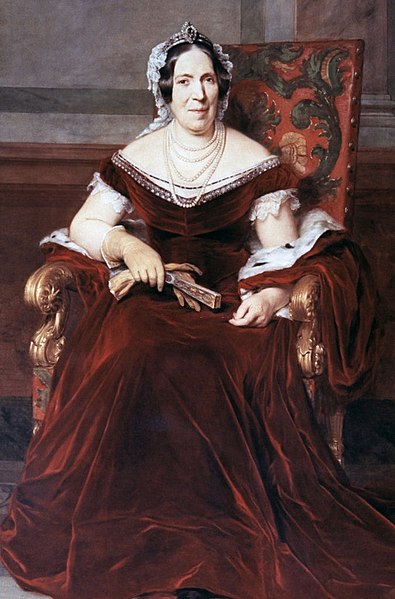
The newlyweds lived a quiet life in Paris in the Créqui hotel, which they later bought and restored. However, the death of Florestan’s older brother Honore V put an end to their happy and carefree existence. By law, the throne passed to the younger brother. Florestan was not exactly pleased with these circumstances: he was never prepared for the role of being the Principality’s ruler with the title Prince. And with the Princely title came many others, twelve of them, being the so-called “Mazarin” titles transferred via Florestan’s mother Louise Aumont (France’s powerful Mazarin family’s representative) to her husband Honoré IV and which now came down to their son Prince Florestan I.
[divider][box type=”note” ]
12 “Mazarin” Titles from Florestan I’s mother Louise Aumont
Did you know that these 12 Mazarin titles still exist as part of Prince Albert II’s many titles:
Duke (Duc) of Mazarin (from the Duchy of Ardennes)
Duke (Duc) of Mayenne
Prince of Château Porcien (in Champagne)
Comte of Belford
Comte of Ferrette
Comte de Thann
Comte de Rosemont
Baron d’Altkirch (in Alsace)
Seigneur d’Issenheim (in Alsace)
Marquis de Guiscard (in l’Oise)
Marquis de Chilly
Comte de Longjumeau [/box][divider]
The Loss of Menton and Roquebrune
Monaco began to face a number of problems, immediately on Florestan’s accession. The financial situation in the Principality was deplorable. The treaty of 8 November 1817 placed the country under the protectorate of the Sardinian Kingdom. This agreement was even less favourable to Monaco than the one signed with France before the French Revolution. The country’s resources were considerably reduced. The municipalities, wards and hospitals were owed large sums of money. Protests had been held in reaction to the tough ruling style of Honoré V, and the residents of Menton were particularly unhappy.
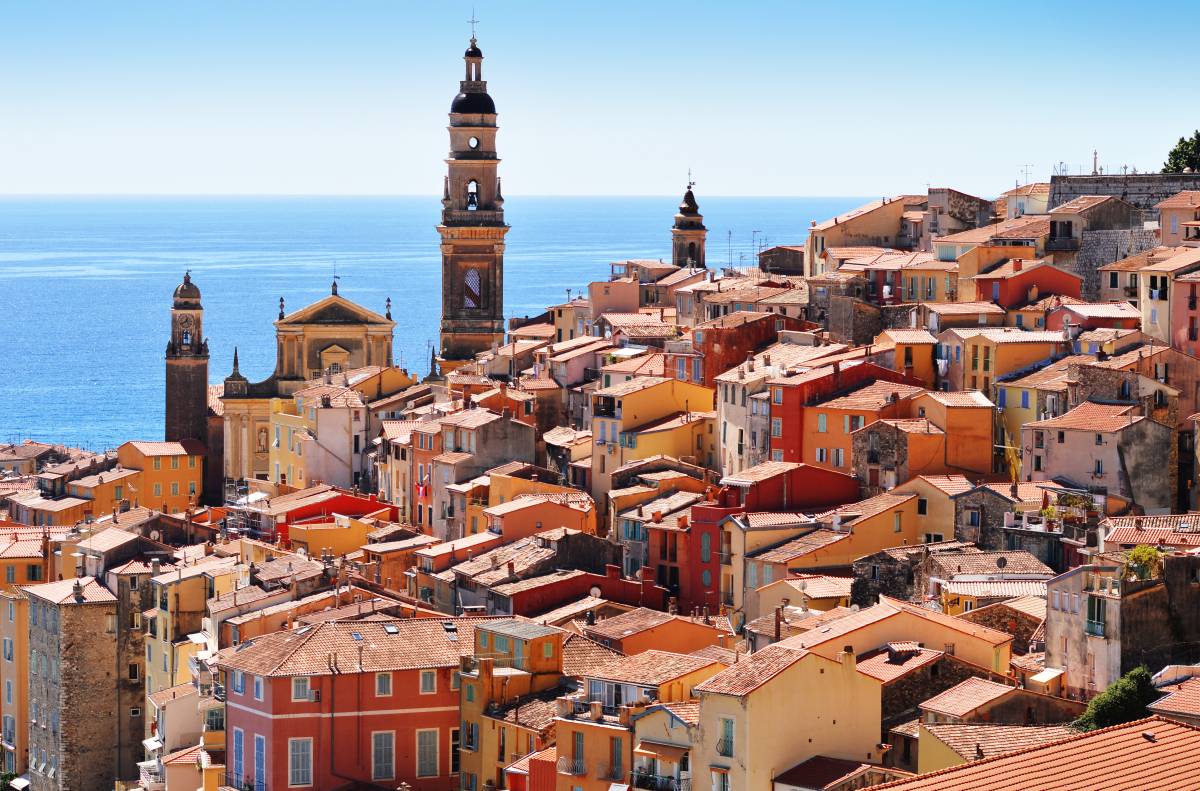
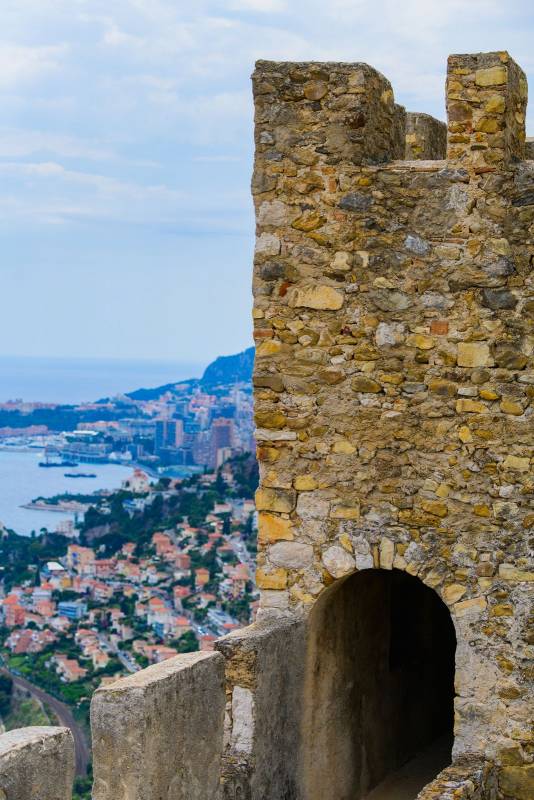
Florestan and his wife naturally tried to take steps to mitigate the situation. The Prince thus made two proposals for a new constitution, but all his initiatives only caused resentment. As a result, Florestan and Caroline tightened government policy for the sake of the state’s well-being.
In the meantime, claims for independence were being heard more and more loudly in Menton. Its residents sought the adoption of a liberal constitution, such as the one introduced by King Charles Albert in the Kingdom of Sardinia. At the same time, they absolutely rejected the constitution proposed by Florestan.
After the French revolution of 1848, (the February Revolution) the situation became even more serious.
One legacy of those troubled times is Monaco’s National Anthem which was created as a loyal rallying cry around the Prince’s guard. It was first and foremost a part of the military defence of the Principality and Prince Florestan. It also helped create a sense of loyalty and identity within the civic life of the community. In its original version the patriotic lyrics were sung in French.
Later the National Anthem became a proud facet of Monaco’s rising prosperity under Florestan’s son, Charles III, the Casino and Bains de Mer.
Indeed the Prince of Monaco and his wife, in order to try to save all the Principality’s territory, had decided to try to hand over the power to their son Charles early. However, this decision was too late. The uprising was already underway and Prince Florestan was dethroned, arrested and imprisoned, and princely rule was abolished.
On 20 March 1848, Menton and Roquebrune declared their independence while formally remaining part of Sardinia and Savoy. In 1849 the Sardinian Kingdom issued a decree making these cities part of the district of Nice. Monaco never managed to regain these lands. However, in 1849 Florestan was restored to the throne.
In 1861 the new Prince Charles III and Napoleon III signed a treaty whereby Monaco officially relinquished these towns to France. The Principality thus received a compensation of 4 million francs and lost half of its territory.
Florestan, however, leaves a legacy of his rule over Menton just beyond its borders with his financing of the excavations in the Balzi Rossi caves “next door” in the Ventimiglia comune of Liguria, Italy. This remains as one of the most important archaeological sites of the early Upper Paleolithic in Western Europe. From 1892, Prince Albert I of Monaco continued to finance the scientific explorations. The largest spot on the east side, the Prince’s Cave (former Roman Bridge’s Cave) entered the property of the Prince’s Palace. Those findings, cover a period of 200,000 years.
Caroline Gibert de Lametz
The reign of Florestan is inseparable from the name of his wife Caroline. Not only did she stand by his side, but she also helped him in taking some fateful decisions.
The future wife of Florestan was born on 18 July 1793, in Coulommiers, in the family of Charles Thomas Gibert, a lawyer. She spent her childhood in Lametz castle, a property of her mother’s third husband who was head of a military school.
In May 1814 Amelie Aumont, the illegitimate daughter of Monaco’s Princess Louise and Florestan’s younger uterine half-sister, married Caroline’s brother, Louis-Pierre Mauroy. That is how Florestan met Caroline. At that time he was 29 years old and she was 21. Her contemporaries described her as a dark-haired girl with expressive features. She was also intelligent with excellent social skills.
Once Florestan took the throne of Monaco, Caroline helped him rule the country. After her husband’s death, it was Caroline who suggested to her son Charles III the idea of opening a casino. This decision was very wise, as gambling later became a major source of income for the Principality for many years. Caroline died at the age of 86, outliving her husband by 23 years.



